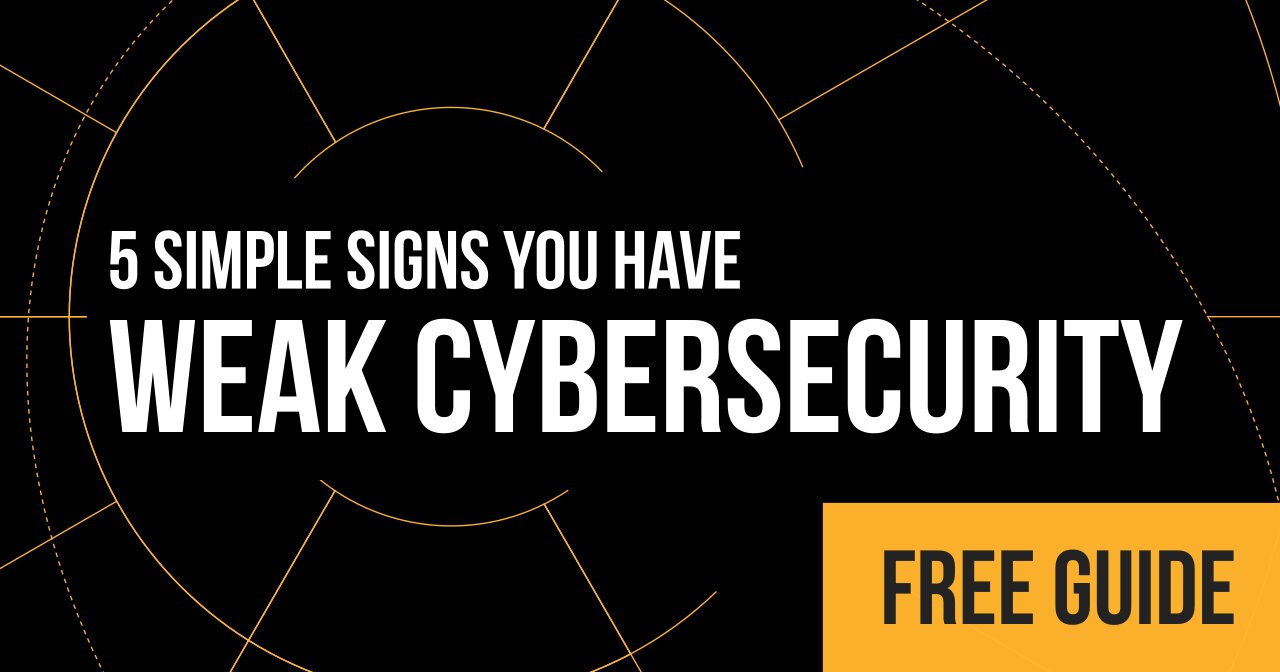 Does your supply chain feel like a wild card that’s completely out of your control? Yes? Well, you’re not alone. Many organizations struggle with this, especially when their supply chain involves multiple layers and external entities like vendors and suppliers.
Does your supply chain feel like a wild card that’s completely out of your control? Yes? Well, you’re not alone. Many organizations struggle with this, especially when their supply chain involves multiple layers and external entities like vendors and suppliers.
So, is it time to just throw up your hands and hope for the best?
No.
It’s easy to think that these external factors are beyond your control, but that’s not entirely true. You have more influence over your supply chain than you might realize, and by focusing on key areas, you can make significant improvements.
GET READY FOR SUCCESS
It’s a common misconception that the complexity of supply chains makes them ungovernable. This stems from the fact that supply chains typically involve various independent entities, each with its own set of standards and practices. While it's true that you can’t control every aspect of how these entities operate, you can influence and guide the most crucial parts of your supply chain—those directly impacting your critical business processes. That means you absolutely can set yourself up for success!
STEP 1: Prioritizing High-Impact Relationships
The first step to gaining control over your supply chain is identifying which vendors and relationships have the most direct impact on your business's critical operations. These are the partners without whom your business's core functions would be disrupted, causing significant financial or reputational damage. Prioritizing these relationships allows you to allocate your resources and efforts where they can have the most substantial effect.
STEP 2: Establishing Standards and Expectations
Once you’ve identified your key supply chain partners, the next step is to clearly communicate your expectations regarding quality, delivery, compliance, and ethical practices. Establishing clear standards is crucial not only for maintaining consistency but also for holding these partners accountable. You also should encourage regular communication and feedback loops to ensure these standards are being met and to foster a relationship based on transparency and trust.
STEP 3: Implementing Vendor Assessments and Audits
Conducting regular assessments and audits of your key suppliers ensures that they adhere to agreed-upon standards. These evaluations can help identify areas of risk and non-compliance early, allowing for timely interventions. Additionally, these assessments serve as a tool for continuous improvement, both for your suppliers and your own processes, leading to a more resilient supply chain.
STEP 4: Collaborative Problem Solving
When discrepancies or challenges arise, approach them as opportunities for collaborative problem-solving rather than compliance enforcement. Working closely with your vendors to address issues not only leads to more sustainable solutions but also strengthens your relationships. This collaborative approach can transform your suppliers into true partners who are invested in your business’s success.
STEP 5: Leveraging Technology for Greater Transparency
Modern technology offers tools that can provide greater visibility and control over your supply chain. From blockchain for ensuring the integrity of transactions to AI-driven analytics for predicting supply chain disruptions, these technological solutions can empower you to manage your supply chain proactively. Investing in the right technology can be a game-changer, enabling you to monitor and manage your supply chain more effectively.
STEP 6: Get Your Team Involved
Ensure that your team understands the importance of supply chain management and is equipped with the knowledge to make informed decisions. Training your staff to recognize the signs of supply chain issues and understand the impact of these problems on your business is essential. An educated team is your first line of defense against supply chain disruptions.
SUCCESS!
You are powerful! Yes, it may seem that your supply chain is an uncontrollable external force, but the reality is that you have considerable influence over it. By identifying and prioritizing critical vendors, establishing clear standards, and fostering collaborative relationships, you can significantly enhance your supply chain's reliability and efficiency.
Remember, a well-managed supply chain not only supports smooth operations but also contributes to the overall health and growth of your business.
Consider a supply chain security risk analysis to get started.



